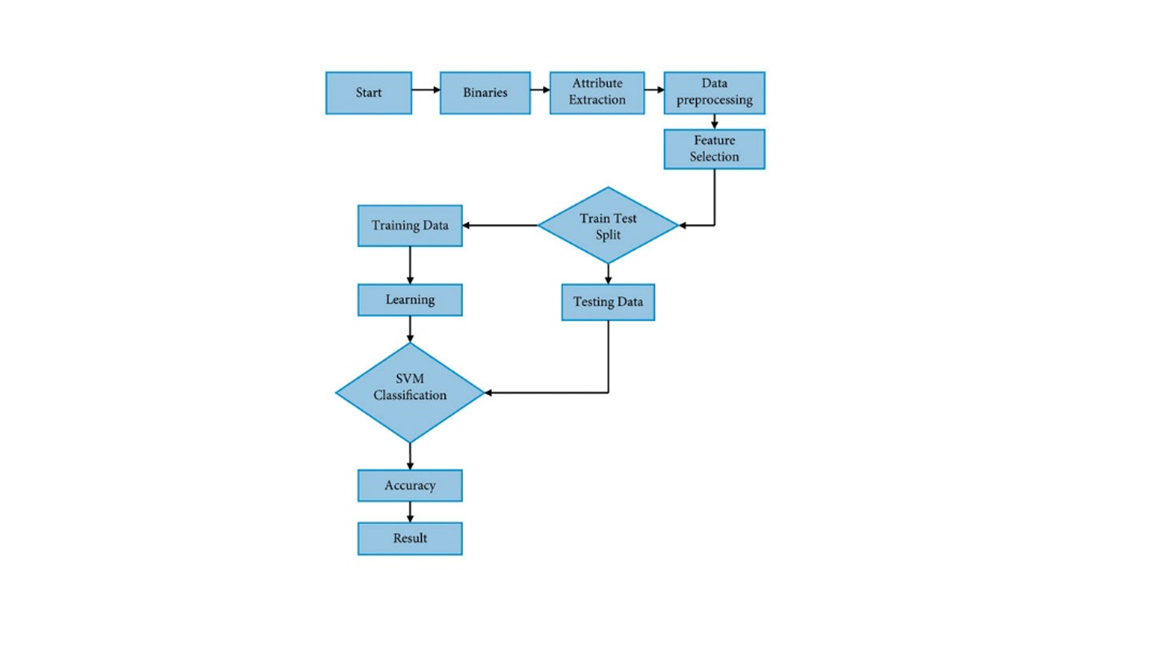Automated Malware Detection and Classification using Machine Learning
Main Article Content
Abstract
With the escalating sophistication of cyber threats, automated malware detection and classification have become imperative for safeguarding digital assets and mitigating potential risks. Machine Learning (ML) techniques offer promising avenues for analyzing and identifying malicious software by leveraging patterns and features inherent in malware samples. This abstract provides an overview of the landscape of automated malware detection and classification using ML algorithms. It encompasses the challenges posed by evolving malware variants, the role of feature engineering and selection, and the efficacy of different ML models in accurately classifying malware families. Furthermore, it discusses the significance of large-scale datasets, such as malware repositories and labeled samples, in training robust ML models capable of detecting previously unseen malware strains. The abstract also explores the integration of anomaly detection techniques and ensemble learning methods for enhancing the resilience and adaptability of malware detection systems. Lastly, it emphasizes the importance of continuous research and collaboration in advancing the state-of-the-art in automated malware detection, particularly in the face of evolving cyber threats and adversarial evasion tactics.
